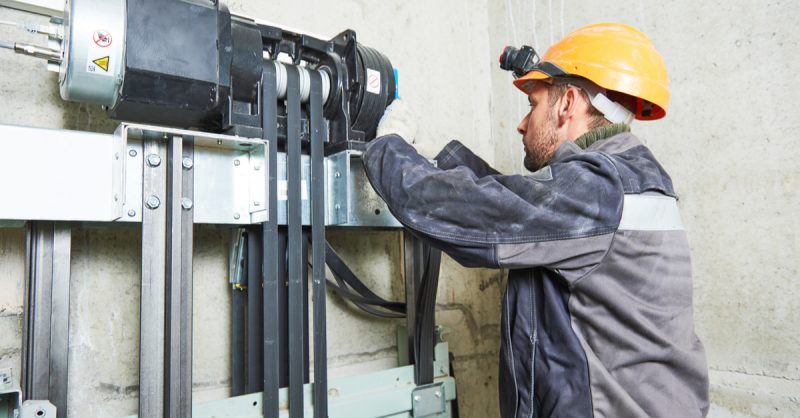Estimated reading time: 2 minutes
IoT. It’s built itself out to be quite the necessity within the digital business world over the past couple of years. When it comes to integrating IoT into business tactics, it’s definitely easier said than done. Though it seems simple in concept, there are actually several pitfalls in modern day IoT implementations and a lot of it is due to the lack of knowledge and staffing.
1. The Inability to Establish Defined Business Implementations
It’s vital to derive new business value from various IoT initiatives. One would need to build a compelling case for desiring to implement IoT programs. This helps you ask yourself, what’s the end-goal? Is it to gain more sales or boost overall productivity? Whatever the goal, it’s important to keep track of goals and objectives. Otherwise, it’s hard to measure success towards goals and make adjustments as needed.
2. Lack of Staffing
IoT can be confusing for many people, they like the results but don’t have a clue how it’s be implemented. Employee backgrounds will help everyone, within the enterprise, realize where they are and can answer key questions towards IoT deployment objectives, essentially how employees should deploy those objectives.
Organizations are creating CoE, or Centers of Excellence. CoEs work to support their progression when it comes to implementations. They are a central governance structure that provides leadership, new practices, and elevated support for such initiatives. A CoE allows technical and operational groups to quickly align on the initiative and collaborate on new campaigns and potentially sort through any road blocks that may arise. Once those individuals are determined, it’s wise to set up a CoE to make sure everything/everyone is on track.
3. Inability to Connect or Collect
The IoT ecosystem holds so much value. From larger connected machines to wearable wristbands and smart factories/cities, they all possess so much data. The correct systems must be put in place to ensure that the devices can collect, process, and subsequently act upon data. Many often assume device connectivity is universal, however this is not the case, especially as more devices are being introduced. This makes the IoT ecosystem increasingly more complex.
Let’s take a connected motor for example, data will be consistently collected from said motor’s sensors and be communicated back to the enterprise’s managers. These sensors can let workers know how the motor is operating and if it’s showing signs of failure in the future. This is great for companies with lots of assets, these sensors come in hand, so managers can track when and where machines may seek repair.
 What about that same motor functioning within a large-scale industrial elevator, that many employees depend on for daily operations? This elevator will also have its own sensors, as well. Those sensors will keep track of how many times it travels up and down, transporting products and passengers. Using the combined data from both devices’ sensors allows organizations to schedule preventative maintenance checks and tests, based on when that motor will likely kick the can.
What about that same motor functioning within a large-scale industrial elevator, that many employees depend on for daily operations? This elevator will also have its own sensors, as well. Those sensors will keep track of how many times it travels up and down, transporting products and passengers. Using the combined data from both devices’ sensors allows organizations to schedule preventative maintenance checks and tests, based on when that motor will likely kick the can.
As organizations add more devices to their ecosystem, much is required to ensure everything can be connected in the same pool of data, enabling a smoother data flow. It’s important for business leaders to be able to parse through the data, determine value, and then spread it throughout the organization. The importance of enabling device connectivity to identify capture the right data is at large!

